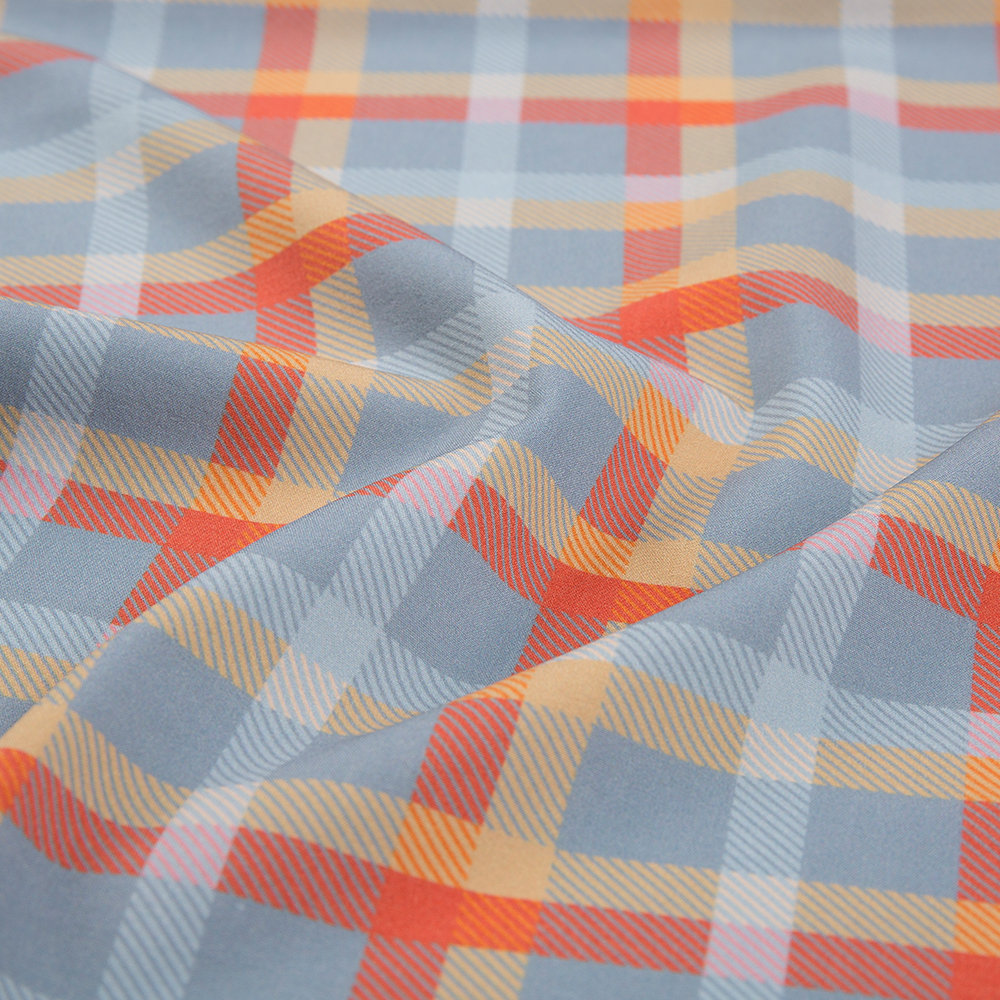Balancing compression with comfort in 4-way stretch fabric involves several key factors in its design and material composition:
Material Composition
Fiber Selection: The choice of fibers, such as spandex (elastane) blended with other materials like nylon or polyester, is crucial. Spandex provides elasticity, while other fibers can add softness and breathability. The right blend ensures that the fabric stretches well while remaining comfortable against the skin.
Fabric Weave: The weave or knit of the fabric can affect how compression is distributed. A well-designed knit pattern will offer uniform stretch and support without creating pressure points.
Stretch and Recovery
Elasticity: 4-way stretch fabric stretches in both horizontal and vertical directions. This multi-directional stretch allows the fabric to conform to the body's shape and movements without excessive pressure or restriction.
Recovery: High-quality 4-way stretch fabrics are engineered to recover their shape after being stretched. This means that the fabric provides compression but returns to its original form, maintaining comfort and fit over time.
Compression Levels
Graduated Compression: Some fabrics are designed with varying levels of compression in different areas. For example, in compression wear, higher compression may be applied to specific areas to support muscles and improve circulation, while other areas have less compression to enhance comfort.
Adjustable Fit: Many garments made from 4-way stretch fabric feature adjustable elements like waistband, straps, or closures that allow users to customize the level of compression to their preference.
Breathability and Moisture Management
Breathable Fabrics: To maintain comfort, especially in high-performance or activewear, the fabric often includes moisture-wicking properties that help keep the skin dry by drawing sweat away from the body.
Ventilation: Some 4-way stretch fabrics incorporate mesh panels or other ventilation features to enhance breathability and reduce heat buildup, further contributing to overall comfort.

Seam Construction and Design
Flat Seams: Using flat seams or seamless construction techniques reduces irritation and chafing, enhancing the comfort of compression garments made from 4-way stretch fabric.
Ergonomic Design: The design of the garment, including how it is cut and sewn, ensures that the fabric conforms to the body's natural movements, reducing discomfort during activity.
Softness and Skin Sensitivity
Soft Touch: The surface finish of the fabric can be treated to enhance softness. Fabrics that feel gentle against the skin improve comfort, especially when used in garments worn close to the body.
Hypoallergenic Properties: For sensitive skin, selecting fabrics with hypoallergenic properties or using non-irritating dyes and finishes can prevent skin reactions while still providing compression.
Testing and Feedback
User Testing: Manufacturers often conduct user testing to balance compression with comfort. Feedback from users can help adjust the fabric's properties to ensure it provides the desired level of support without sacrificing comfort.
Performance Metrics: Testing the fabric in various conditions, including extended wear and different types of activities, ensures that it performs well while maintaining a comfortable fit.
The balance between compression and comfort in 4-way stretch fabric is achieved through careful consideration of material choice, fabric construction, and design features that ensure the fabric supports the body while allowing for unrestricted movement and minimizing discomfort.











